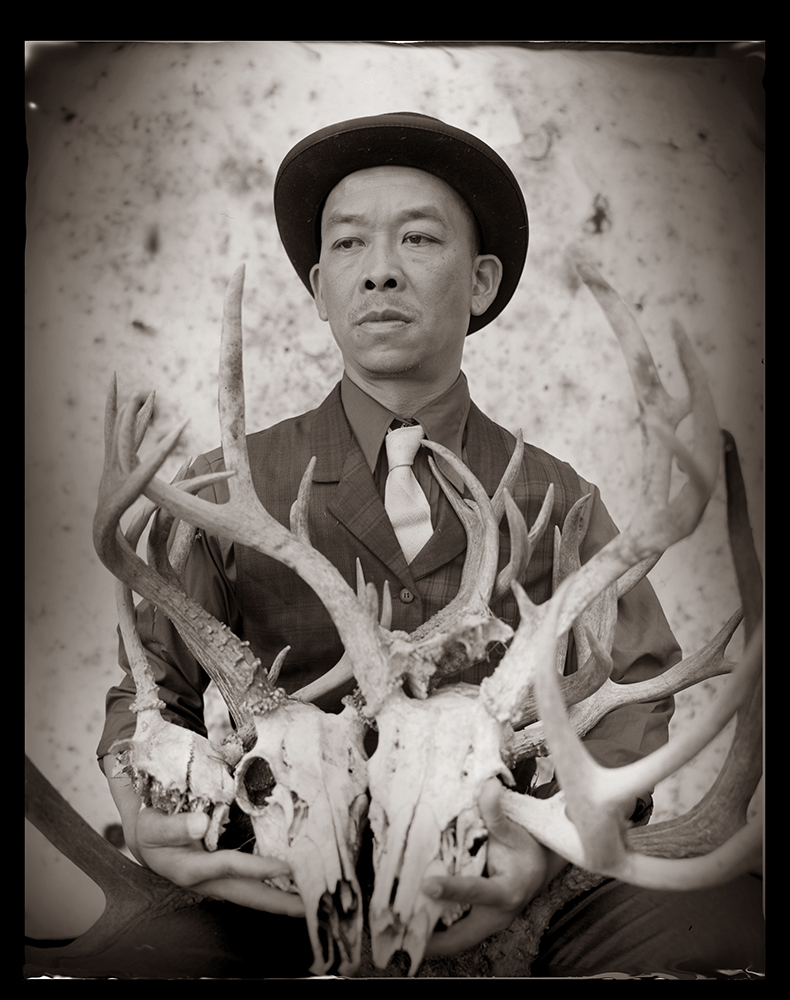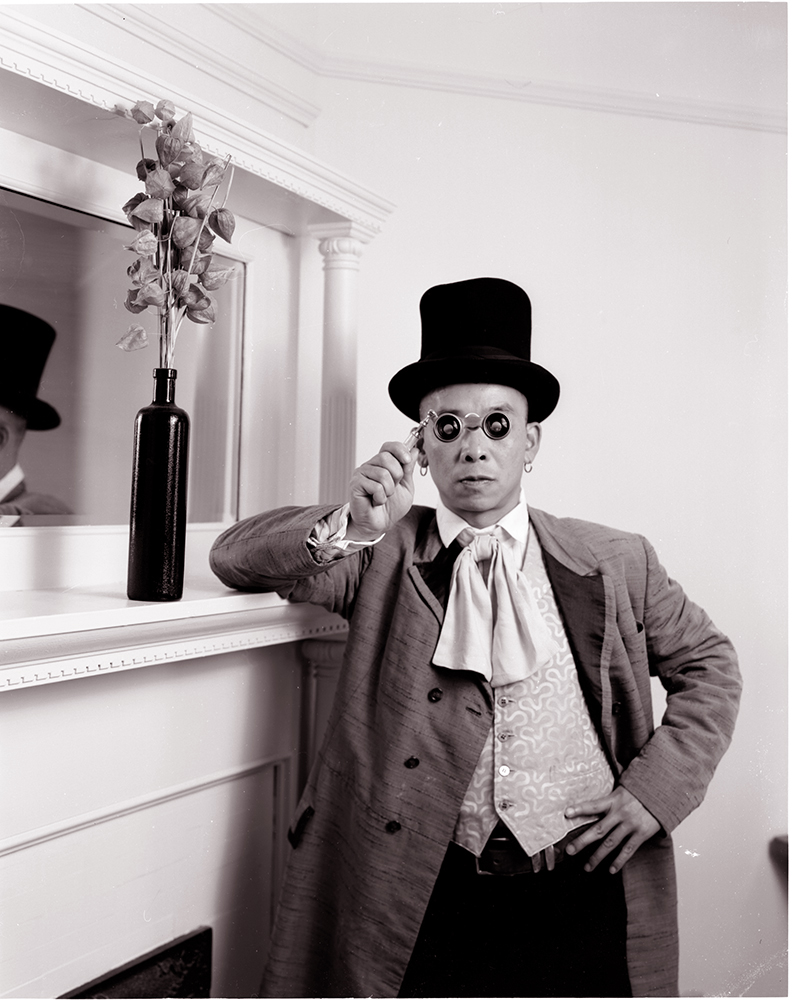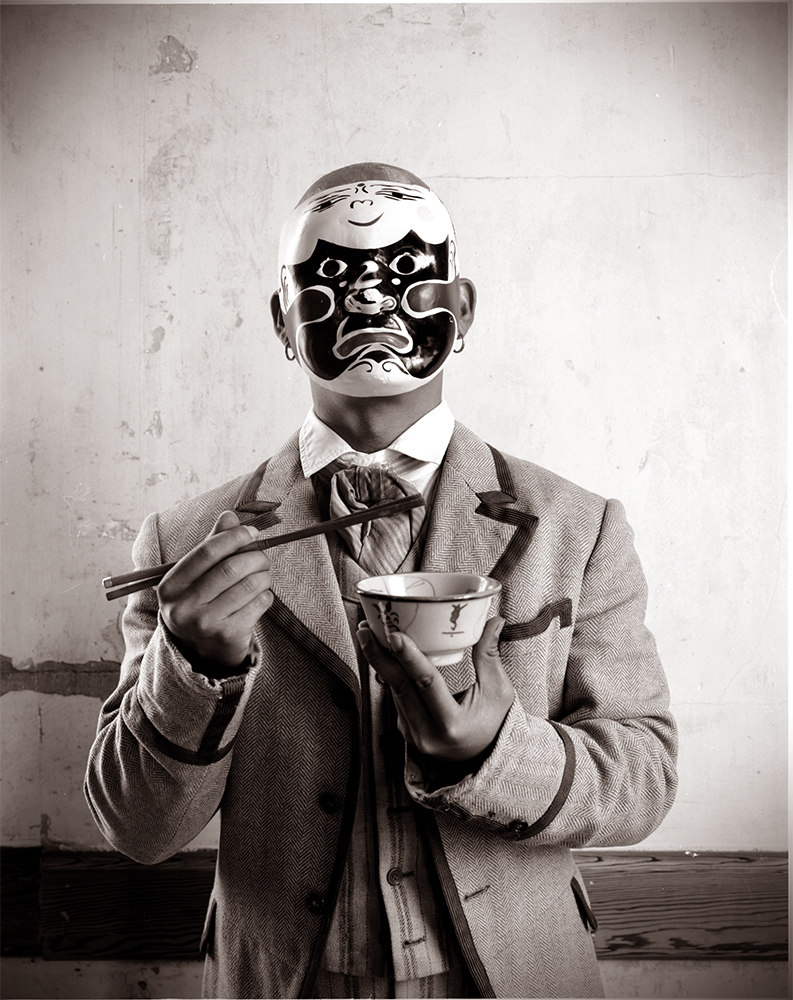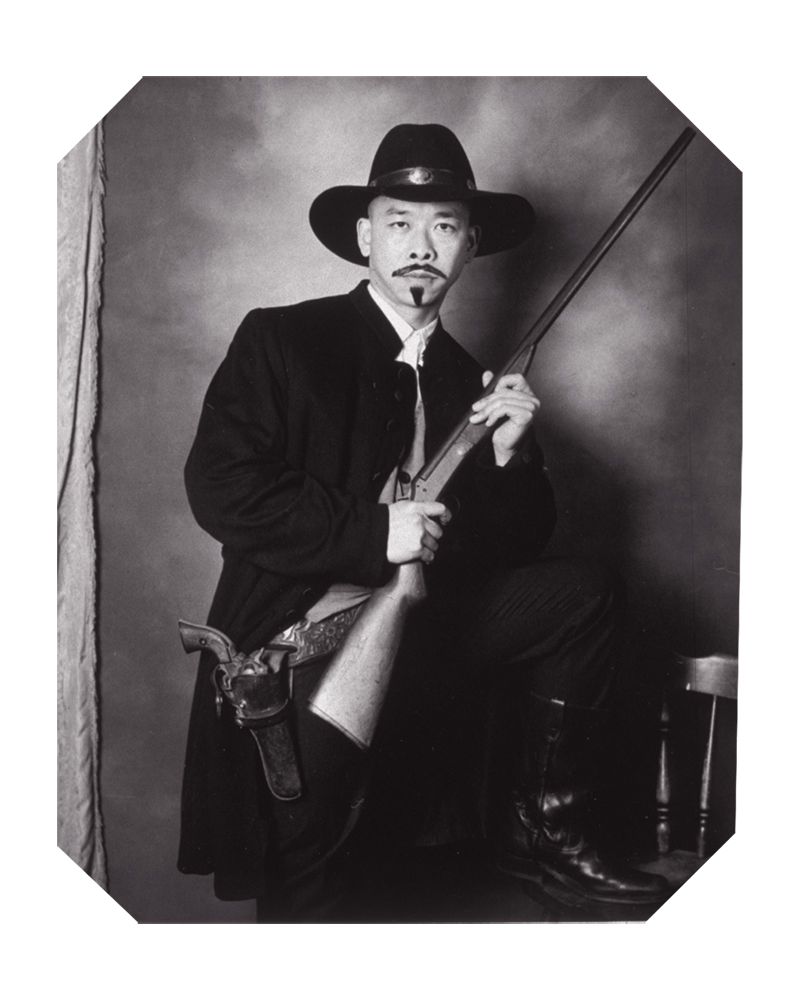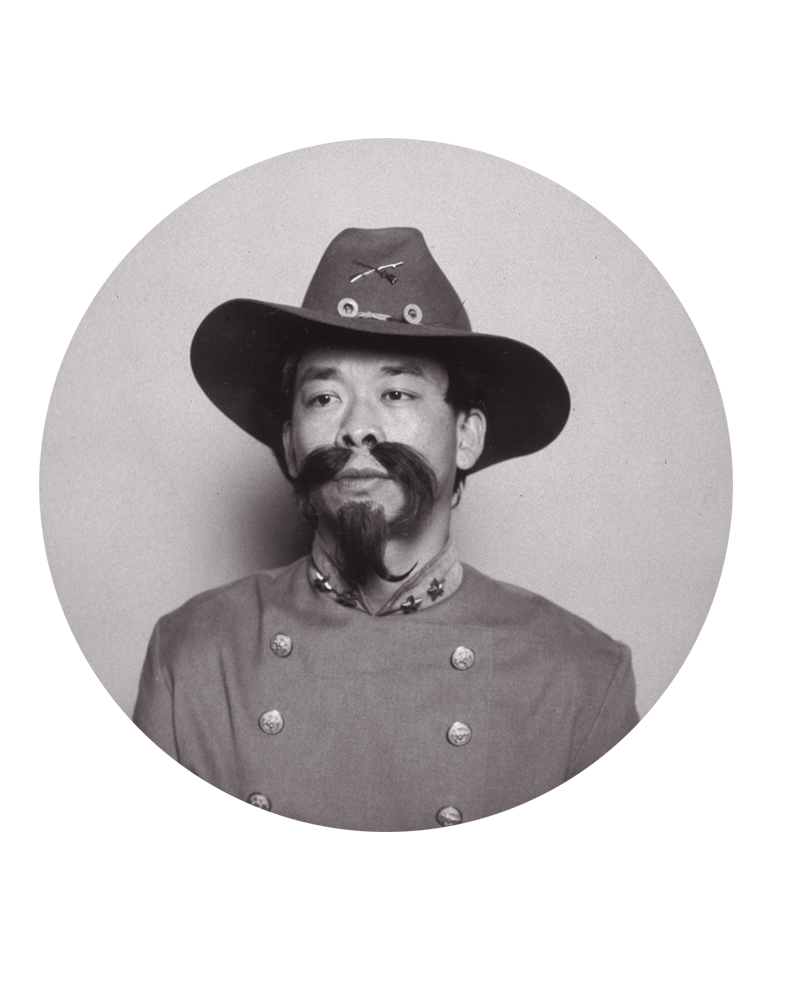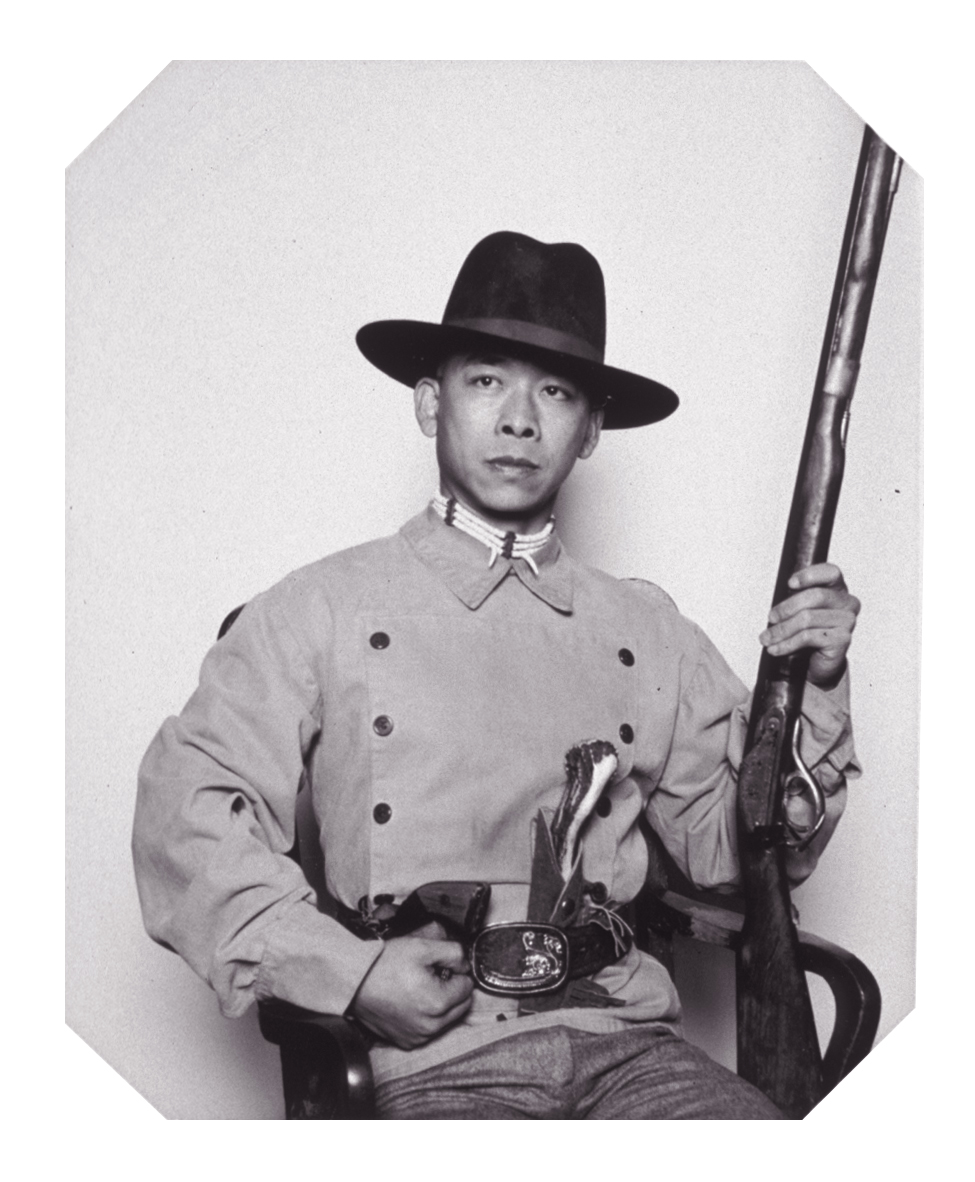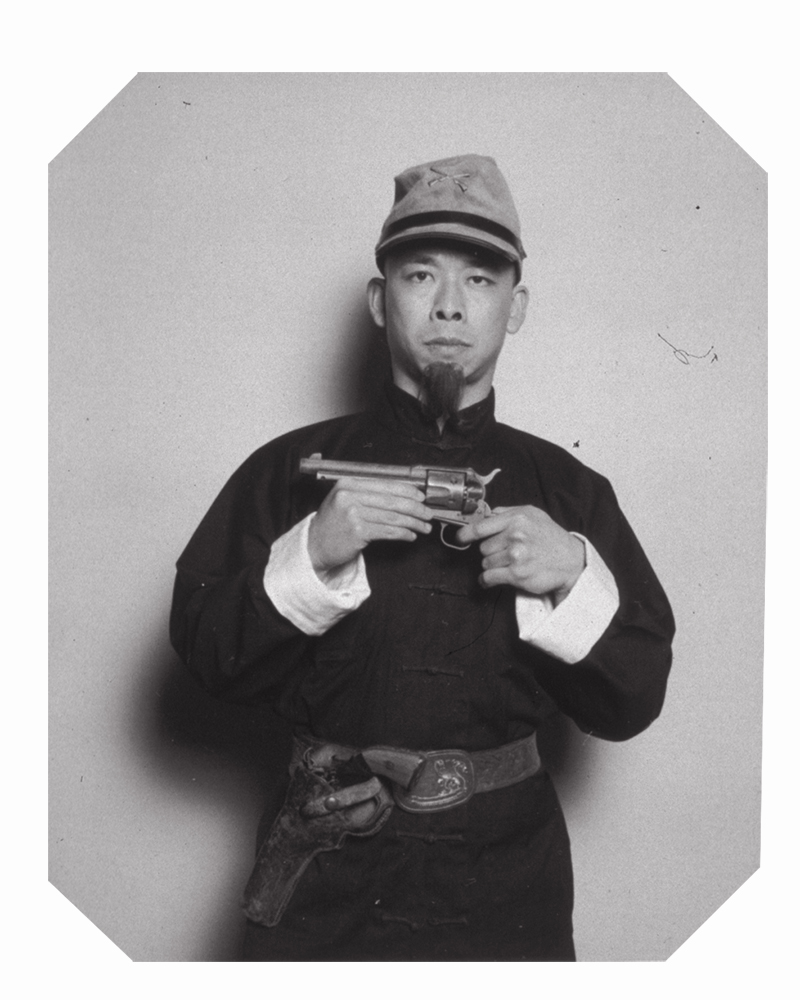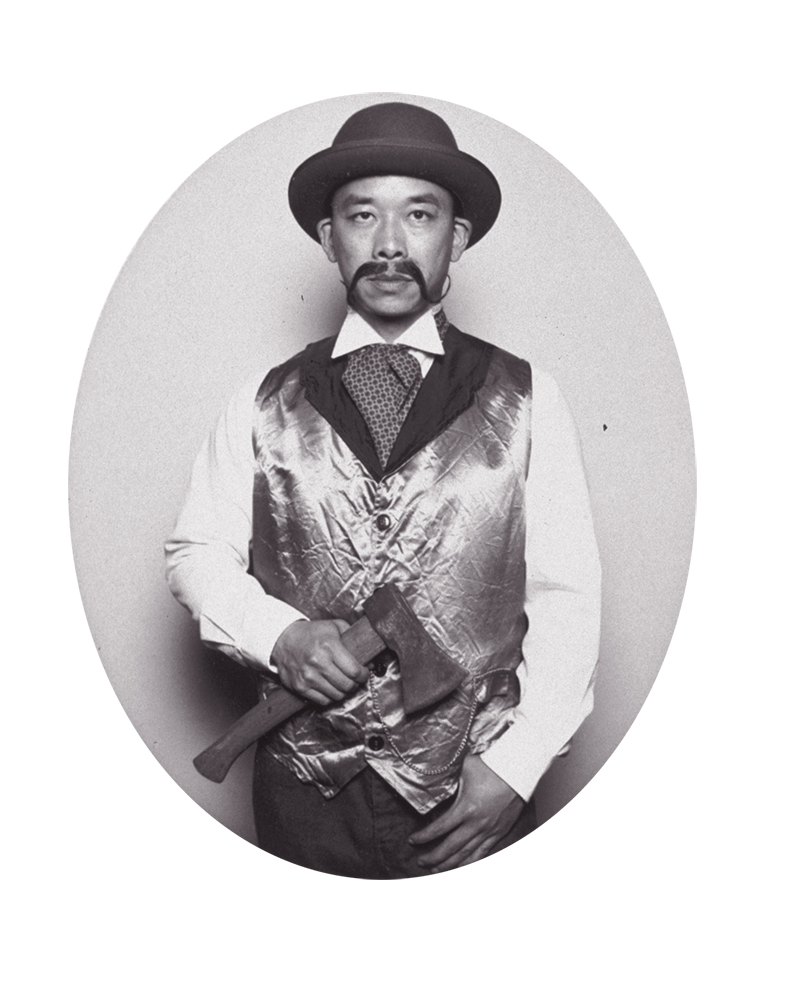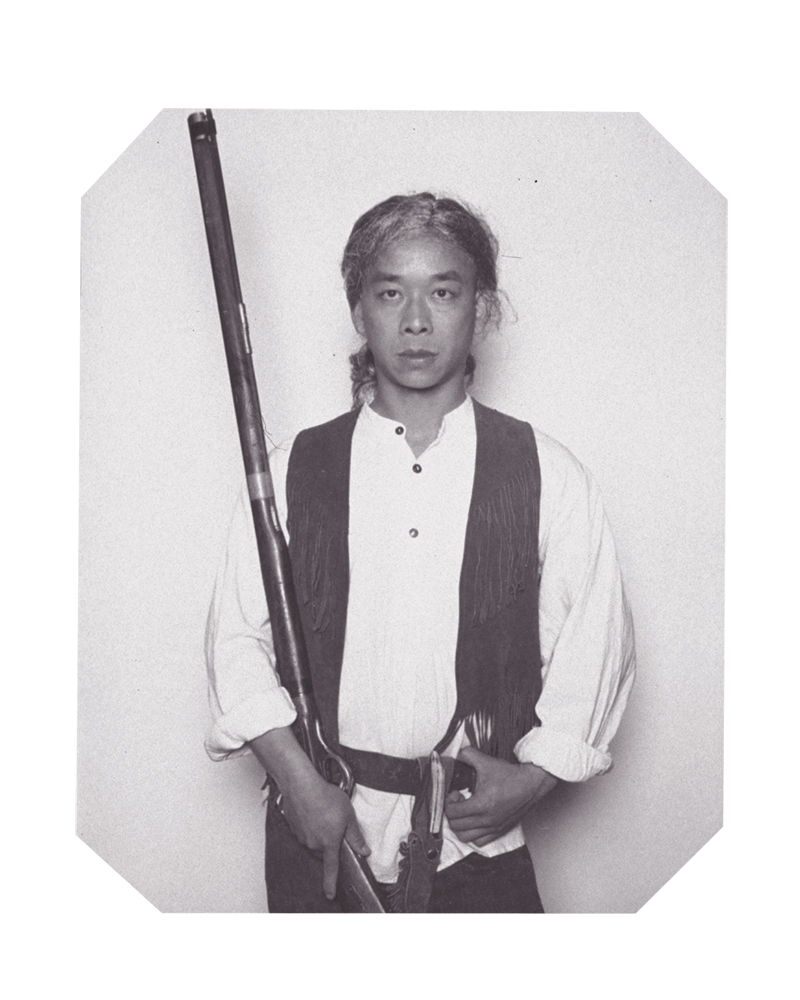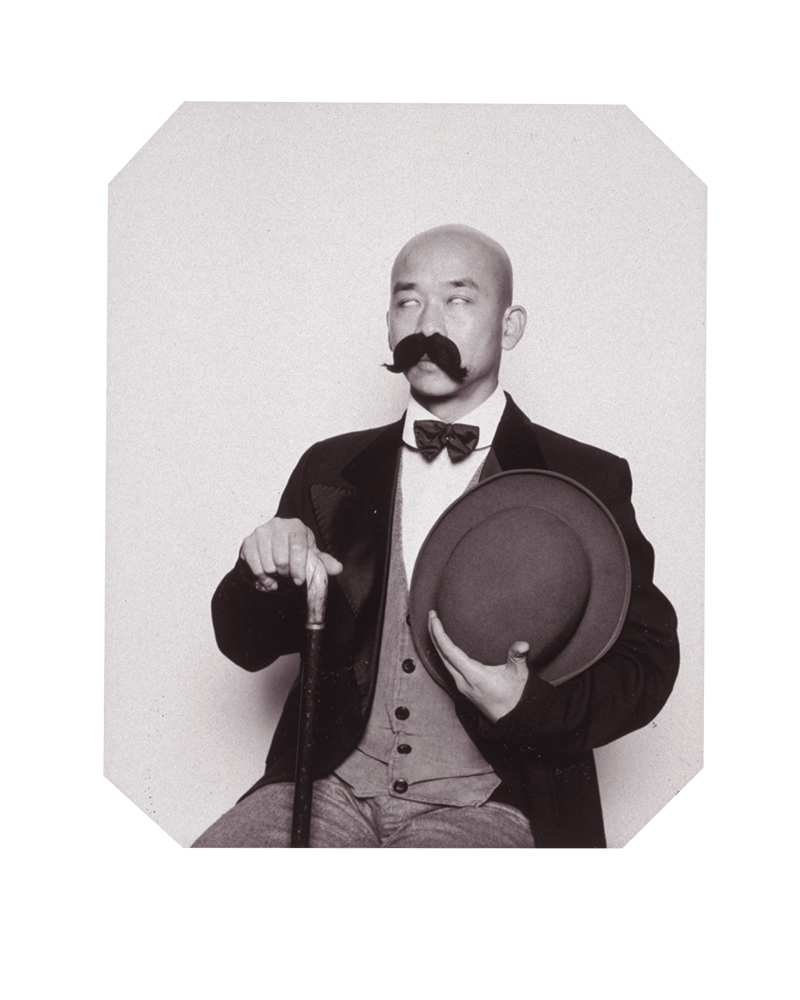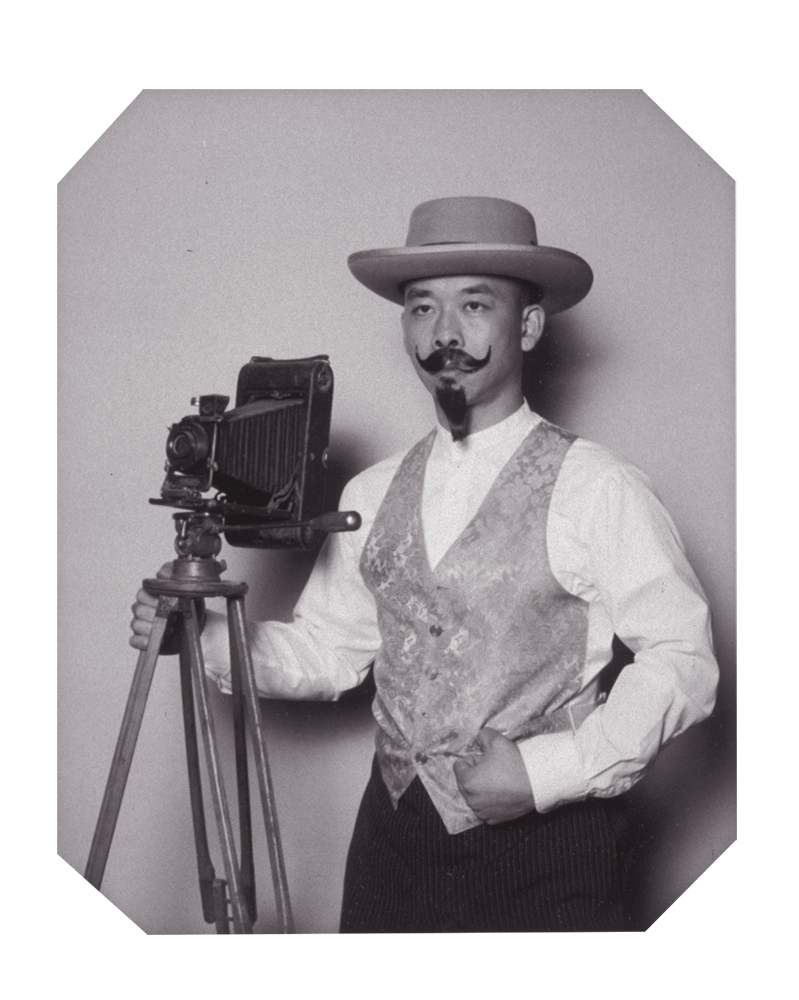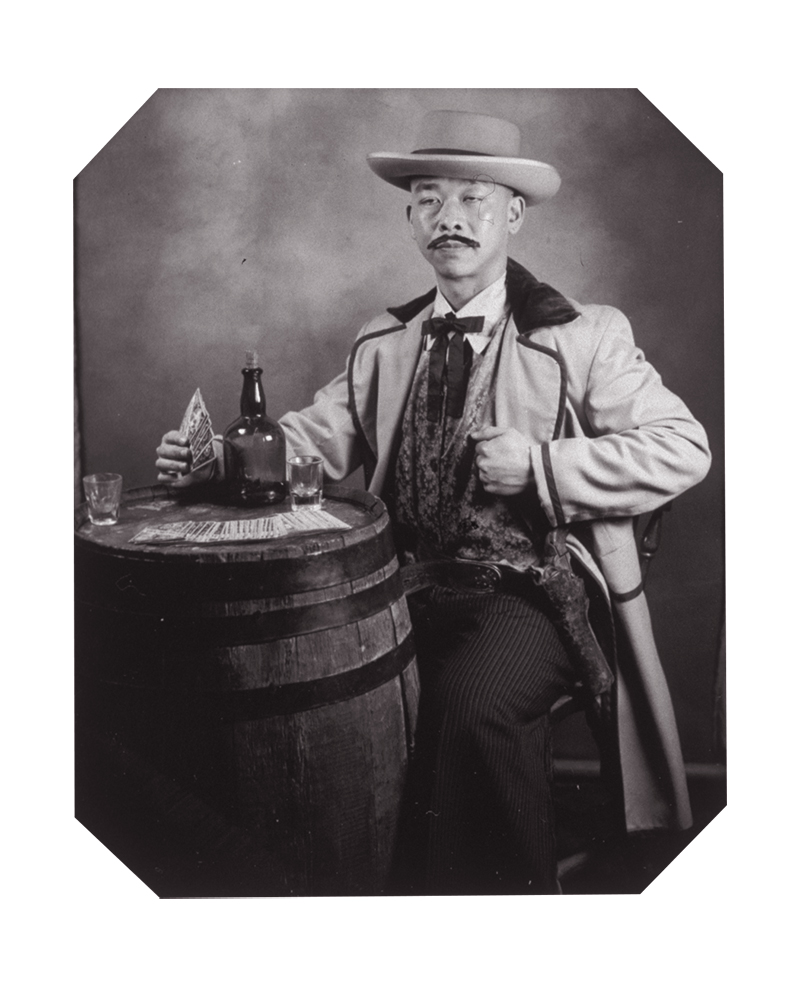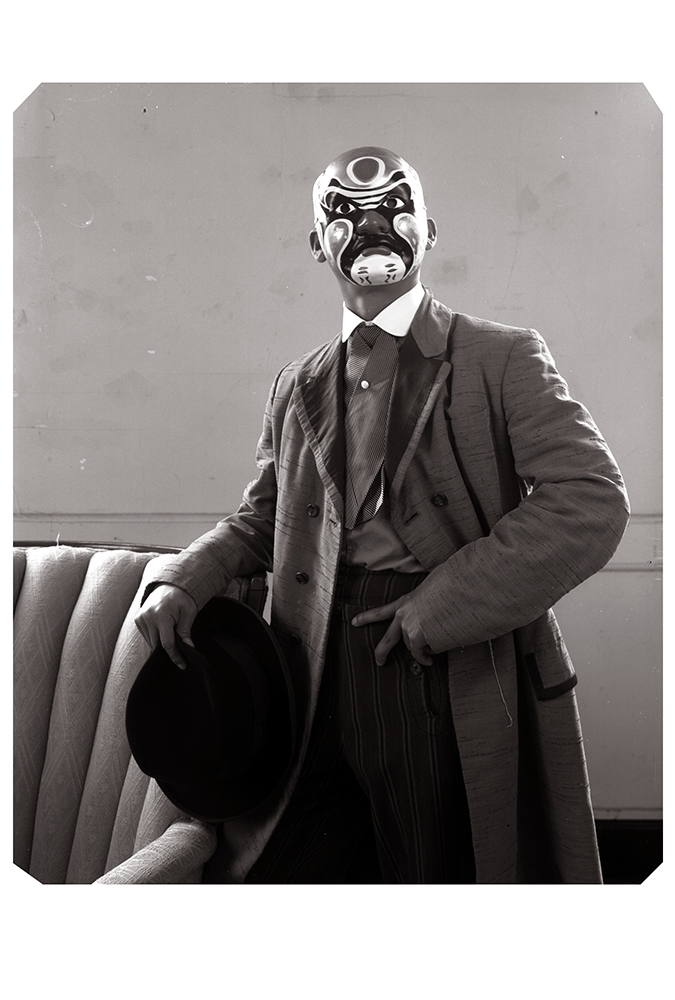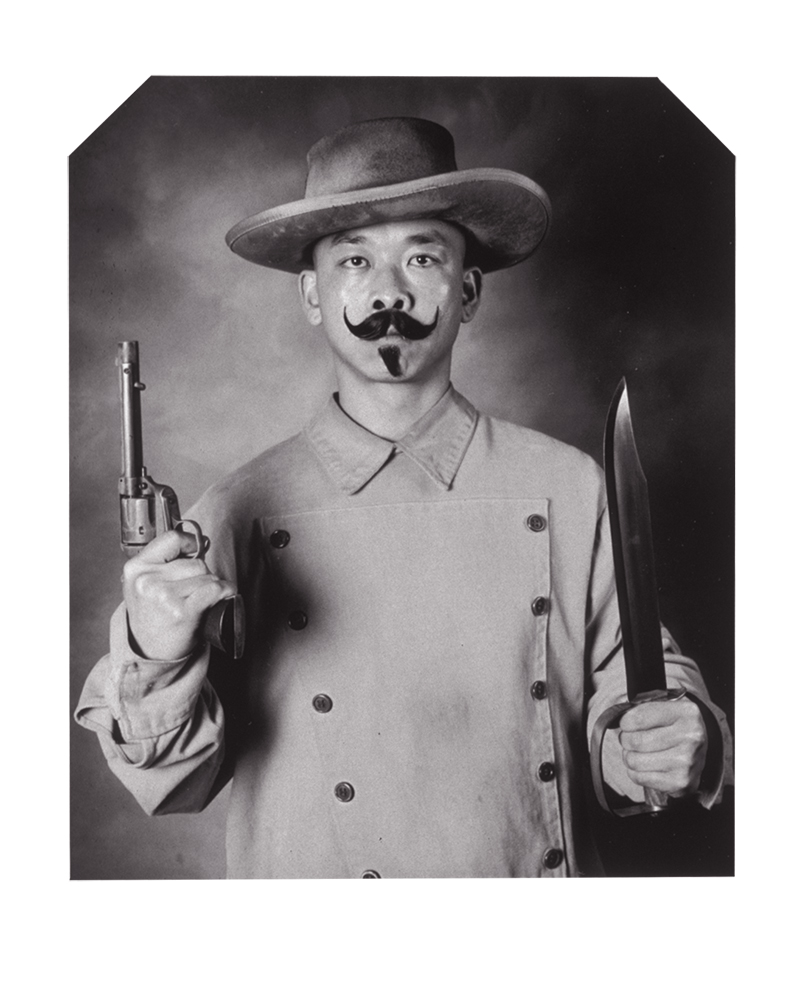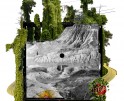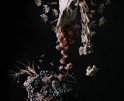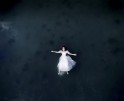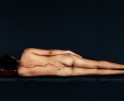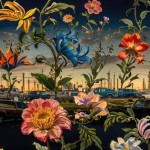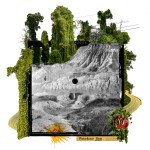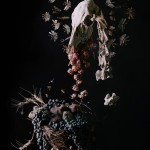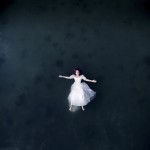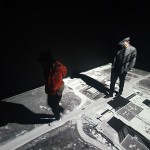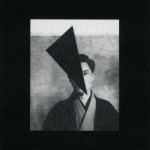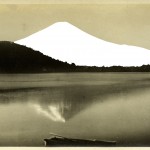Pipo Nguyen-duy: AnOther Western
On May 10th, 1869, the final spike in the United States’ first transcontinental railroad was driven into place in Promontory, Utah. The occasion is memorialized in the iconic photograph “East and West Shaking Hands at Laying of Last Rail” by Andrew J. Russell, which features a crowd of laborers from the Central Pacific Railroad (built eastward from Sacramento) and the Union Pacific Railroad (built westward from Omaha) at the junction site. Notably absent, however, are the Chinese immigrants who made up approximately 90% of Central Pacific’s cheap labor force. Despite these workers’ ability to literally move mountains (they tunneled straight through 1,659 feet of Sierra Nevada range), their faces were omitted from this history textbook moment.
With his series AnOther Western, Pipo Nguyen-duy picks at this erasure of Asian bodies from 19th century American Western lore. Adorning himself with clothes and artifacts typical of the era, the artist envisions himself in roles beyond stereotypical perceptions of Asian immigrants at the time. In doing so, Nguyen-duy generates an alternative historical archive that leaves viewers to dwell on the chasm between who is portrayed in popular and perpetuated renditions of history, and who is left out. An interview follows.
Pipo Nguyen-duy was born in Hue, Vietnam. Growing up within thirty kilometers of the demilitarized zone of the 18th Parallel, he describes hearing gunfire every day of his early life. He immigrated to the United States as a political refugee.
Pipo has taken on many things in life in pursuit of his diverse interests. As a teenager in Vietnam, he competed as a national athlete in table tennis. He also spent some time living as a Buddhist monk in Northern India. He earned a Bachelor of Arts degree in economics at Carleton College. He then moved to New York City, where he worked as a bartender and later as a nightclub manager. While living in the East Village and meeting people such as musician Don Cherry and artist Keith Haring, Pipo’s interests turned to art. He earned a Master of Arts in Photography, followed by a Master of Fine Arts in Photography, both from the University of New Mexico at Albuquerque.
Pipo has received many awards and grants including a Guggenheim Fellowship in Photography, a National Endowment for the The Arts, an En Foco Grant; a Professional Development Grant from the College Arts Association; an American Photography Institute’s National Graduate Fellowship, NYC; a fellowship from the Oregon Arts Commission in Salem, Oregon; a B. Wade and Jane B. White Fellowship in the Humanities at Oberlin College; and two Individual Artists Fellowship from the Ohio Arts Council in Columbus, Ohio. He participated as an artist-in-residence at Monet’s Garden through The Lila Wallace-Reader’s Digest Artists at Giverny Fellowship, at the Headlands Center for the Arts in Sausalito, California, in Light Work’s Artist-in-Residence program.
He has lectured widely and his work has been exhibited and are in public collections in the United States, Europe, and Asia. Pipo is a Professor teaching photography at Oberlin College in Oberlin, Ohio. He is represented by CLAMPART, NYC.
Artist Statement
AnOther Western began after the consideration for the immediate geographical, historical and cultural significance of the site to be an integral part of my the visual research. Through AnOther Western, which also deals with race and gender within the context of cultural assimilation, the project’s focus shifts from European High Culture to the American West. In this site-specific work, 19th century photographic syntax is utilized to reinterpret and to simulate tintype portraits made in the West during late 1800’s. In these new self-portraits, the Asian immigrant take on new roles as gunslingers, musicians and gentlemen. By consciously assuming culturally powerful icons, and not the assumed stereotypical representations of Asian as the submissive other (i.e. opium addicts, domestic servants) AnOther Western intends to humorously and ironically question and challenge the legitimacy and authority of the western myth. —Pipo Nguyen-duy
How and why did you come to photography?
It did not come easy. I studied economics when I was in college. I have always wanted to do photography, however the mechanical part of photography such as loading film on to the developing reel… was too intimidating. While living in New York during my 20s, my best friend studied photography at NYU. He introduced me to the photographers that he was looking at and he showed me his beautiful photographic prints. It was not until my late 20s that another friend paid for me to enroll in an evening photography course. It was at the 92nd St. Y in New York that I fell in love with the photographic practice. I quit my job to devote my time fully to learning about photography and about two years later, I left NY to attend the MFA program at the University of New Mexico in Albuquerque.
Your self-portraits from AnOther Western feature you dressed in an assortment of costumes that emulate stereotypical fashion from the 19th century American frontier era. Why was it important for you to picture someone like yourself in this historical moment?
After graduate school, I moved to Oregon to begin my first teaching job. While out west, I began to consider the geographical element in my work. I wanted to address and to incorporate the cultural, historical significance of the American West as part of my Visual research. For this project, I began looking at the archive of 19th-century Chinese immigrants, while at the same time learning about the bloody history of the American West in the context of Asian immigration. Images of Asian immigrants were stereotypical: railroad ‘coolies’, opium addicts, prostitutes. During my research, I have also uncovered stories of Asian mine owners, Asian doctors that were excluded from the typical narrative. I intended to subvert history by representing the Asian immigrant as empowered individuals. In AnOther Western, the Asian immigrant is a boxer, a doctor, a general… not submissive others.
How do you relate to, and what do you make of, the identifier ‘Asian American’? How does your performative, image-making experience for AnOtherWestern inform your relationship to Asian America at large?
As an Asian-American, my process of assimilating into the fabric of the US indeed has been performative. This process and AnOther Western, in my opinion, is a tragic comedy because no matter how hard one tries to be American, as an Asian immigrant, one will always be considered “the other”. Cultural authenticity has been the core of my research. As an Asian American, I occupy an in-between place where I am neither Asian nor American.
What is one of your favorite reactions that someone has had to AnOther Western? What do you hope viewers take away from the series?
The viewers get the humor and the irony when they comment “You are the Asian cowboy guy!” I hope with this project, the viewers is invited through humor to reconsider how history was written and how this narrative affects the present.
As of late, there has been a marked increase in attention dedicated toward the AAPI community and our myriad experiences. How are you thinking and feeling about this shift in awareness? Does this trend have an impact on how you view yourself and your work?
This is a complex question, and the short answer is yes however I will curious as to what my answer will be in the future. In terms of my work, I think that I am grateful for Asian American artists who came before me who initiated this cultural dialogue and for people such as the writer/critic Margo Machida who has revealed this dialogue to people such as myself.
What is something that has brought you joy over the past year?
I was quarantined during my arrival last March to Vietnam and when Vietnam closed its borders, I was stuck there until January of 2021. It was a great experience to live a year without having to think how others see you racially.
What are you looking forward to?
I am looking forward to the day when international travel will be possible again so that I can continue with different projects that I have begun in Vietnam.
Posts on Lenscratch may not be reproduced without the permission of the Lenscratch staff and the photographer.
Recommended
-
Earth Week: Aaron Huey: Wallpaper for the End of the WorldApril 26th, 2024
-
Earth Week: Casey Lance Brown: KudzillaApril 25th, 2024
-
Tara Sellios: Ask Now the BeastsApril 6th, 2024
-
ALEXIS MARTINO: The Collapsing Panorama April 4th, 2024
-
Emilio Rojas: On Gloria Anzaldúa’s Borderlands: The New MestizaMarch 30th, 2024

